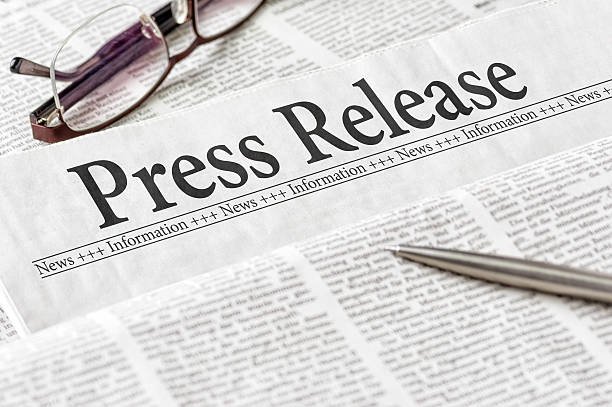In today’s fast-paced media landscape, communication is crucial. Whether you’re a business launching a new product, a nonprofit announcing a fundraising event, or a public figure addressing an important issue, the press release remains a vital tool. A well-written press release can generate buzz, attract media coverage, and shape public perception.
What is a Press Release?
A press release is an official statement issued to media outlets and journalists to communicate something newsworthy. It acts as a bridge between an organization and the public, providing accurate information in a professional format. Press releases are typically used to announce:
-
Product launches
-
Company milestones
-
Mergers and acquisitions
-
Event announcements
-
Crisis responses
-
Personnel changes
-
Awards or recognitions
Though traditional in format, the press release has adapted to digital platforms, now often distributed through email, online newsrooms, or press release distribution services.
Why Are Press Releases Important?
Press releases serve several essential functions:
-
Informing the Media:
Journalists often rely on press releases to discover stories. A compelling press release can lead to articles, interviews, and even television coverage. -
Controlling the Message:
By issuing a press release, organizations can deliver a consistent, clear message in their own words, avoiding misinterpretation. -
Building Credibility:
A professionally written press release enhances your reputation, showing that your news is serious and trustworthy. -
Boosting SEO and Online Visibility:
When distributed online, press releases improve search engine optimization (SEO) and drive traffic to your website. -
Archival Value:
Press releases create a permanent record of key events and announcements, useful for both public reference and internal documentation.
Structure of a Press Release
A press release follows a clear, standardized format. Here are the typical components:
-
Headline:
A catchy, concise title that summarizes the main point. It should grab attention and encourage the reader to learn more. -
Sub-headline (Optional):
An additional sentence that adds context or expands on the headline. -
Dateline:
Includes the city and date the release is being issued. -
Lead Paragraph:
This is the “who, what, when, where, why, and how.” It contains the most critical information and should be written to answer the reader’s basic questions quickly. -
Body Paragraphs:
Provide supporting details, background information, quotes from key people, and other relevant data. Break these into digestible sections to maintain reader interest. -
Quote:
Include at least one quote from an executive, spokesperson, or expert. This adds credibility and a human touch. -
Boilerplate:
A short paragraph at the end that describes the company or organization. This is standard for all press releases and offers context to journalists. -
Media Contact Information:
Include the name, phone number, and email of the person responsible for handling media inquiries.
Tips for Writing an Effective Press Release
-
Keep it Brief: Aim for 400–700 words. Journalists are busy and appreciate clarity and conciseness.
-
Use Professional Language: Avoid slang, jargon, or overly promotional language. Stick to the facts.
-
Be Newsworthy: Only issue a press release when there is genuine news to share. Routine updates may not gain traction.
-
Include Multimedia: Attach high-quality images, videos, or logos if relevant. Visuals increase engagement.
-
Proofread Carefully: Errors can harm your credibility. Double-check grammar, spelling, and facts.
Distribution Strategies
Once written, your press release needs to reach the right audience. Here’s how:
-
Direct Email to Journalists: Research contacts in your industry and send tailored emails.
-
Use Distribution Services: Platforms like PR Newswire, Business Wire, and GlobeNewswire distribute press releases to a wide network.
-
Post on Your Website: Create a “Press” or “Newsroom” section on your website to archive all releases.
-
Leverage Social Media: Share your press release on LinkedIn, Twitter (X), and Facebook to gain additional visibility.
The Changing Nature of Press Releases
In the digital age, press releases are more interactive and accessible. Many now include hyperlinks, hashtags, social media handles, and embedded videos. Additionally, modern releases may be written in a more conversational tone to appeal to both journalists and the general public.
Artificial Intelligence (AI) is also making its mark. AI tools are being used to draft press releases, analyze reader engagement, and optimize distribution strategies. Despite these changes, the core principles of transparency, accuracy, and relevance remain essential.
Conclusion
A press release is more than just a marketing tool—it is a powerful means of communication that can shape narratives, boost visibility, and enhance credibility. Whether you’re a startup announcing a new service or a major corporation handling a PR crisis, mastering the art of the press release is key to successful public relations. When used effectively, it can amplify your voice, capture attention, and drive real-world impact.



















